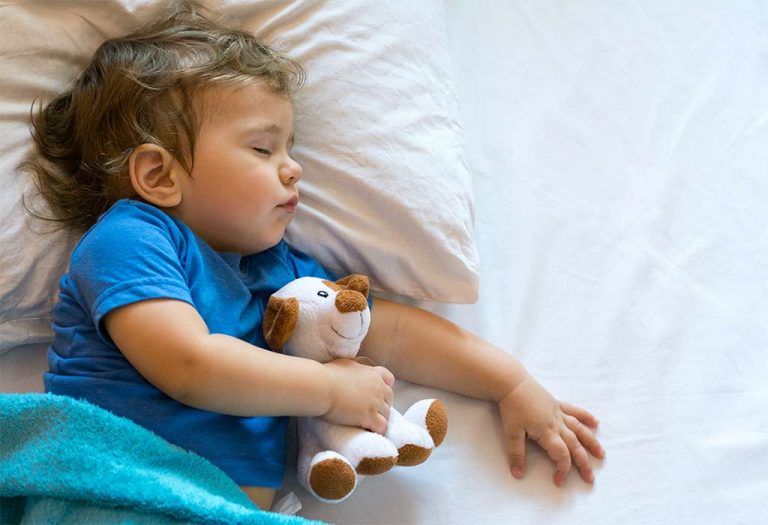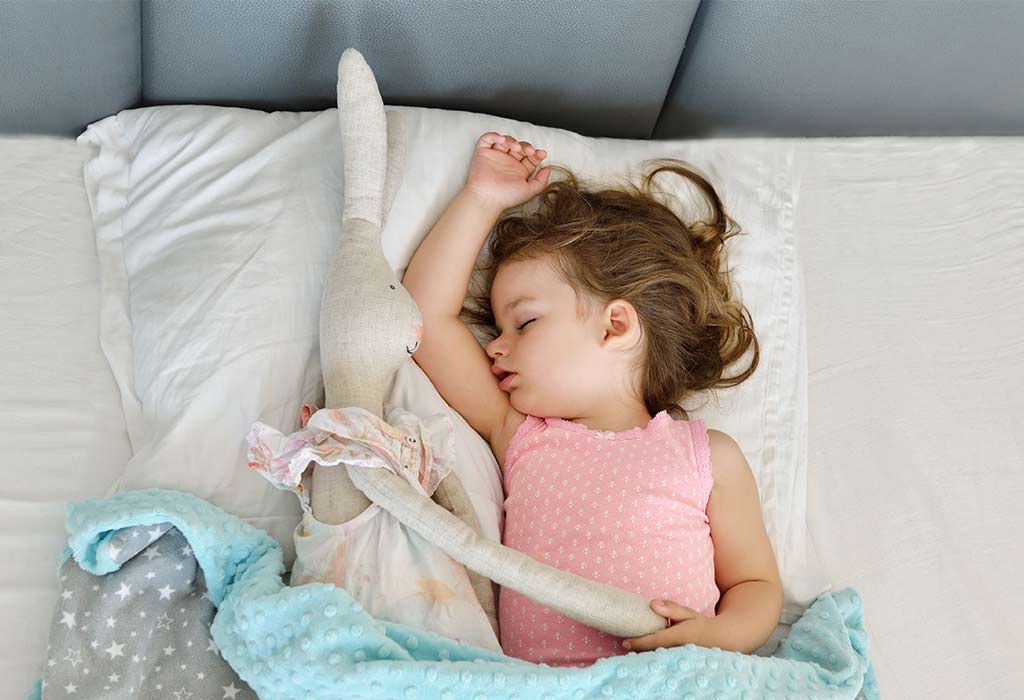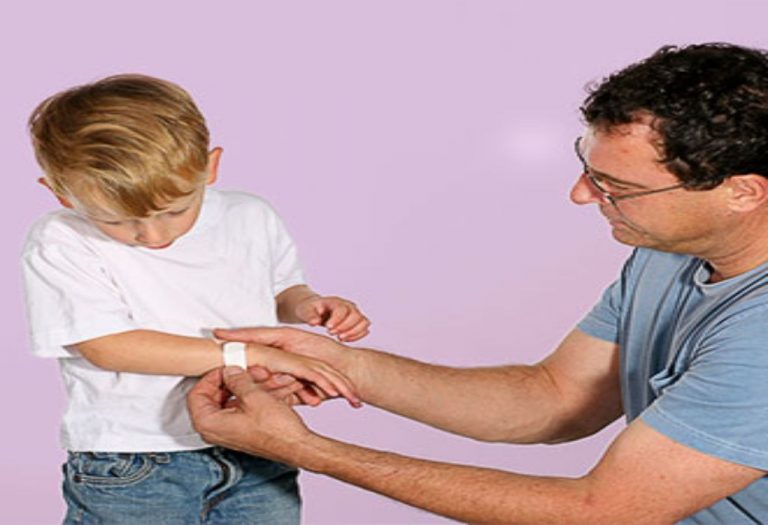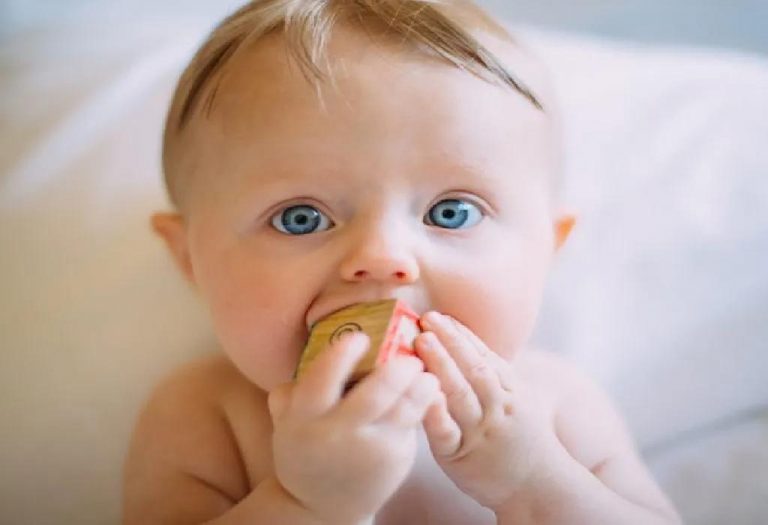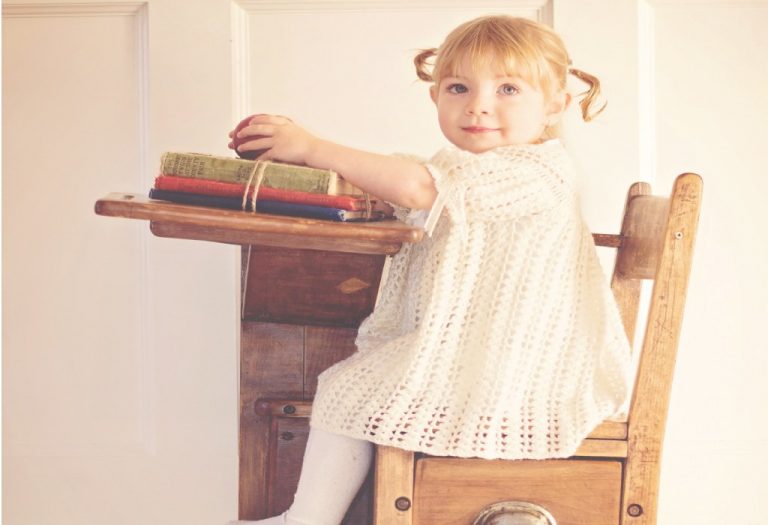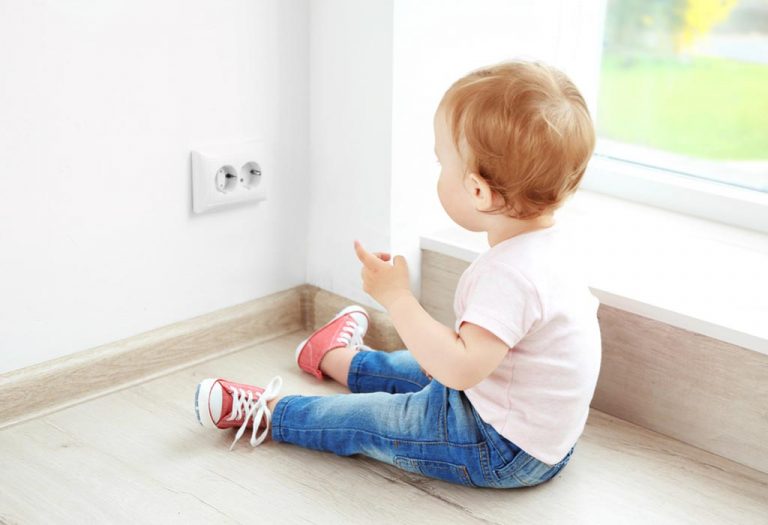When Can a Toddler Have a Pillow?
As parents, we cherish those precious moments when our little ones drift into dreamland. But have you ever wondered when it’s the right time to introduce a pillow to your toddler? The parenting journey is filled with such questions, and in this warm and engaging article, we’ll discuss when and why you should consider adding a pillow to your toddler’s sleep setup.
Is it Important to Introduce a Pillow to Your Toddler?
Many parents wonder whether a pillow is necessary for their toddlers. After all, they look so snug without one, don’t they?
While it might seem optional, introducing a pillow to toddlers can be more significant than you think. Beyond mere comfort, it can affect their sleep quality and overall well-being. Let’s delve into why it’s essential.
When Can Your Toddler Sleep With a Pillow?
Now, let’s address the pivotal question: when can your toddler sleep with a pillow? There isn’t a one-size-fits-all answer because every child is unique. However, as a general guideline, most experts recommend that toddlers’ pillow age be around 2 to 3 years old (2). At this age, their neck and shoulders are typically developed enough to use a pillow without discomfort safely.
Signs That Your Toddler Needs a Pillow
So, how do you know when to give a toddler a pillow? Here are some telltale signs to watch for:
1. Restless Sleep
If your toddler tosses and turns throughout the night, it might be because they’re trying to find a comfortable sleeping position. A pillow can provide the extra support they need for a peaceful slumber.
2. Frequent Head Tilting
Does your little one often tilt their head to one side while sleeping? This could be a sign that they’re trying to find a comfortable angle for their neck. A pillow can help maintain proper alignment.
3. Transitioning From a Crib
When your little one starts sleeping in a toddler bed instead of a crib, it’s a good time to give them a pillow. The familiar comfort can make the transition smoother.
4. Vocal About Discomfort
Consider a pillow if your toddler complains about discomfort or neck pain upon waking (4). Their comfort and well-being are paramount.
5. Mimicking Adults
Toddlers love to imitate grown-ups; if they see you using a pillow, they may also express an interest in having one.
Benefits of Sleeping With a Pillow for a Toddler
Now that we’ve explored when to give your toddler a pillow let’s delve into the numerous benefits it can offer:
1. Comfort and Support: A pillow provides the necessary cushioning for your toddler’s head and neck, promoting a more comfortable sleep.
2. Proper Spinal Alignment: A pillow can help maintain your toddler’s natural spine alignment (1), ensuring they wake up refreshed.
3. Enhanced Sleep Quality: With the added comfort, your toddler will likely enjoy a deeper and more restful sleep.
4. Security and Comfort: A soft pillow can offer a sense of security and comfort, making bedtime a more soothing experience.
5. Transition Aid: A familiar pillow can make this adjustment easier if your child transitions from a crib to a bed.
How to Choose the Right Pillow for Your Toddler?
When selecting the perfect pillow for your toddler, it’s essential to consider their needs and safety. Here are some essential factors to keep in mind:
1. Size Matters
Opt for a small, appropriately sized pillow designed for toddlers. This ensures that it provides the right amount of support without overwhelming them.
2. Material
Look for hypoallergenic materials to prevent allergies or sensitivities. Pillows made from breathable and easy-to-clean fabrics are ideal.
3. Supportive, Not Too Soft
Choose a pillow that offers support without being too soft (5). A firmer pillow helps maintain proper alignment and prevents sinking.
4. Easy Maintenance
Select a pillow with a removable, machine-washable cover for convenience. Keeping your toddler’s pillow clean is essential for their health.
5. Safety First
Ensure the pillow is free of choking hazards. Avoid pillows with small detachable parts that could harm your child.
6. Pillowcase Fun
Let your toddler choose a pillowcase with their favourite design or character. This can make them even more excited about their new bedtime companion.
How to Use a Pillow for a Toddler?
Now that you’ve chosen the perfect pillow for your toddler let’s discuss how to use it effectively:
1. Positioning: Place the pillow beneath your toddler’s head and shoulders, ensuring it supports their neck without pushing their head forward.
2. Safety First: Always prioritise safety. Ensure the pillow is firm and free of any loose filling that could pose a choking hazard.
3. Comfort is Key: Encourage your toddler to share their feelings about the pillow. If they find it uncomfortable, be open to making adjustments.
4. Bedtime Ritual: Incorporate the pillow into your toddler’s bedtime routine. This consistency can signal that it’s time for sleep.
5. Check Regularly: Periodically inspect the pillow for wear and tear. Replace it if it is damaged or not supporting properly.
FAQs
1. How frequently should I change my toddler’s pillow?
Changing your toddler’s pillow every 2-3 years or earlier if you spot any signs of damage is recommended. A fresh pillow ensures continued comfort and support.
2. Does my toddler need a bedtime routine?
It’s necessary to set up a regular bedtime routine for your toddler to help them sleep better (3). A consistent routine can help them relax and prepare for a restful night’s sleep. To create a calming atmosphere, include reading bedtime stories, brushing your teeth, and dimming the lights.
Introducing a pillow to a toddler can be a significant step in ensuring their comfort and quality of sleep. Remember to consider their needs and safety when selecting the right pillow, and incorporate it into their bedtime routine to make sleep time a cosy and enjoyable experience for you and your little one. Sweet dreams!
References/Resources:
1. Good Sleeping Posture Helps Your Back; University of Rochester Medical Center; https://www.urmc.rochester.edu/encyclopedia/content.aspx?ContentTypeID=1&ContentID=4460
2. Korioth. T; Safe and sound: Help young children get a good night’s rest; American Academy of Pediatrics; https://publications.aap.org/aapnews/article/28/3/25/21710/Safe-and-sound-Help-young-children-get-a-good; March 2007
3. Mindell. J. A, Williamson. A. A; Benefits of a bedtime routine in young children: Sleep, development, and beyond; PubMed Central; https://www.ncbi.nlm.nih.gov/pmc/articles/PMC6587181/; November 2017
4. What to Do About a Stiff Neck; Nemours KidsHealth; https://kidshealth.org/en/parents/stiff-neck-sheet.html
5. Gordon. S. J, Grimmer-Somers. K; Your Pillow May Not Guarantee a Good Night’s Sleep or Symptom-Free Waking; PubMed Central; https://www.ncbi.nlm.nih.gov/pmc/articles/PMC3076923/; April 2011
Also Read:
Ways to Get a Toddler to Sleep at Night
How to Make a Routine that Your Toddler Will Love to Follow
Was This Article Helpful?
Parenting is a huge responsibility, for you as a caregiver, but also for us as a parenting content platform. We understand that and take our responsibility of creating credible content seriously. FirstCry Parenting articles are written and published only after extensive research using factually sound references to deliver quality content that is accurate, validated by experts, and completely reliable. To understand how we go about creating content that is credible, read our editorial policy here.





